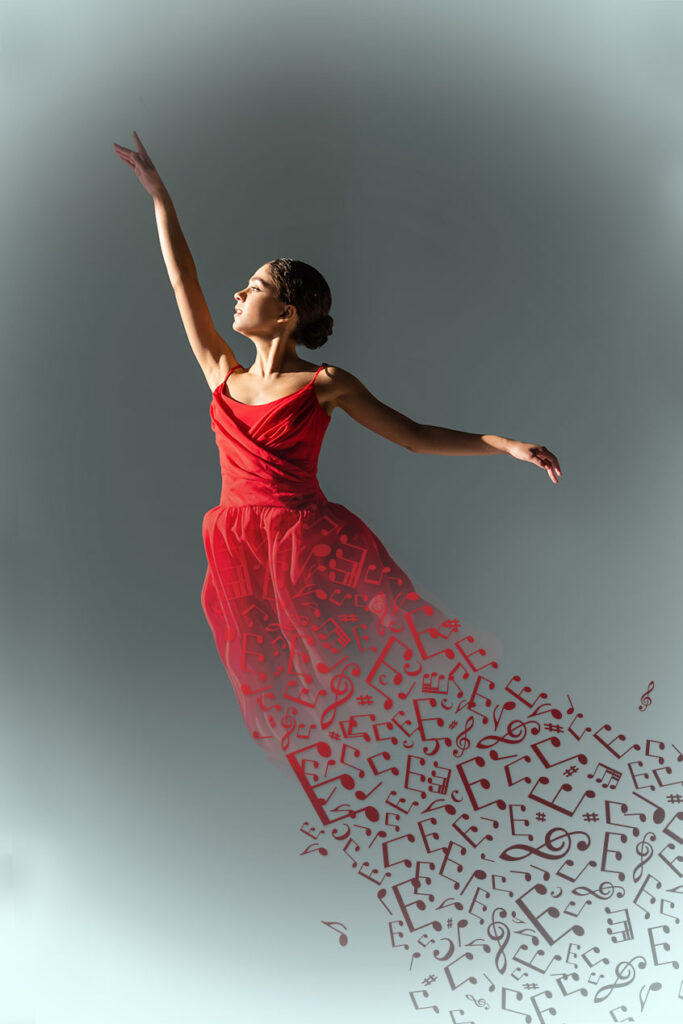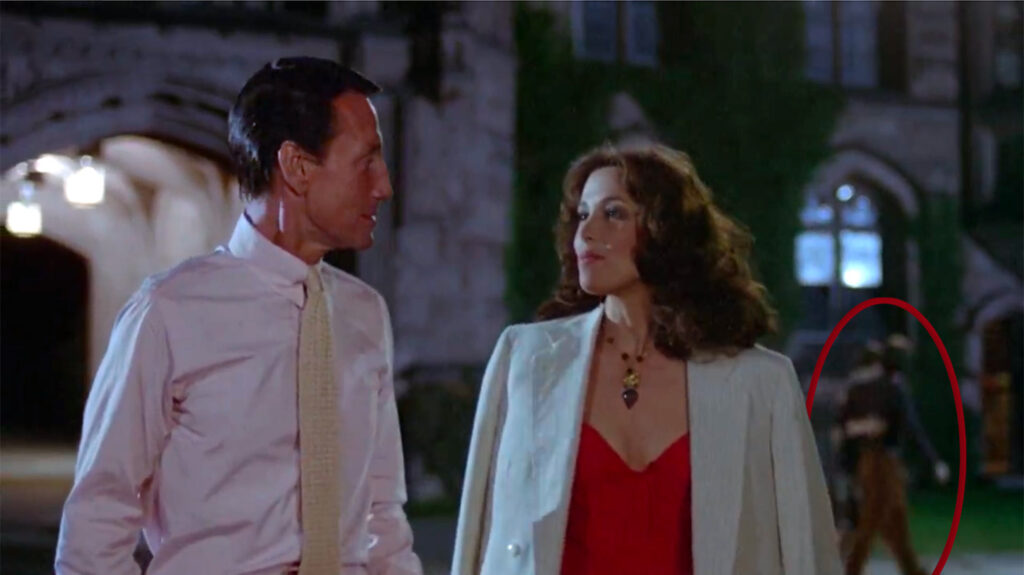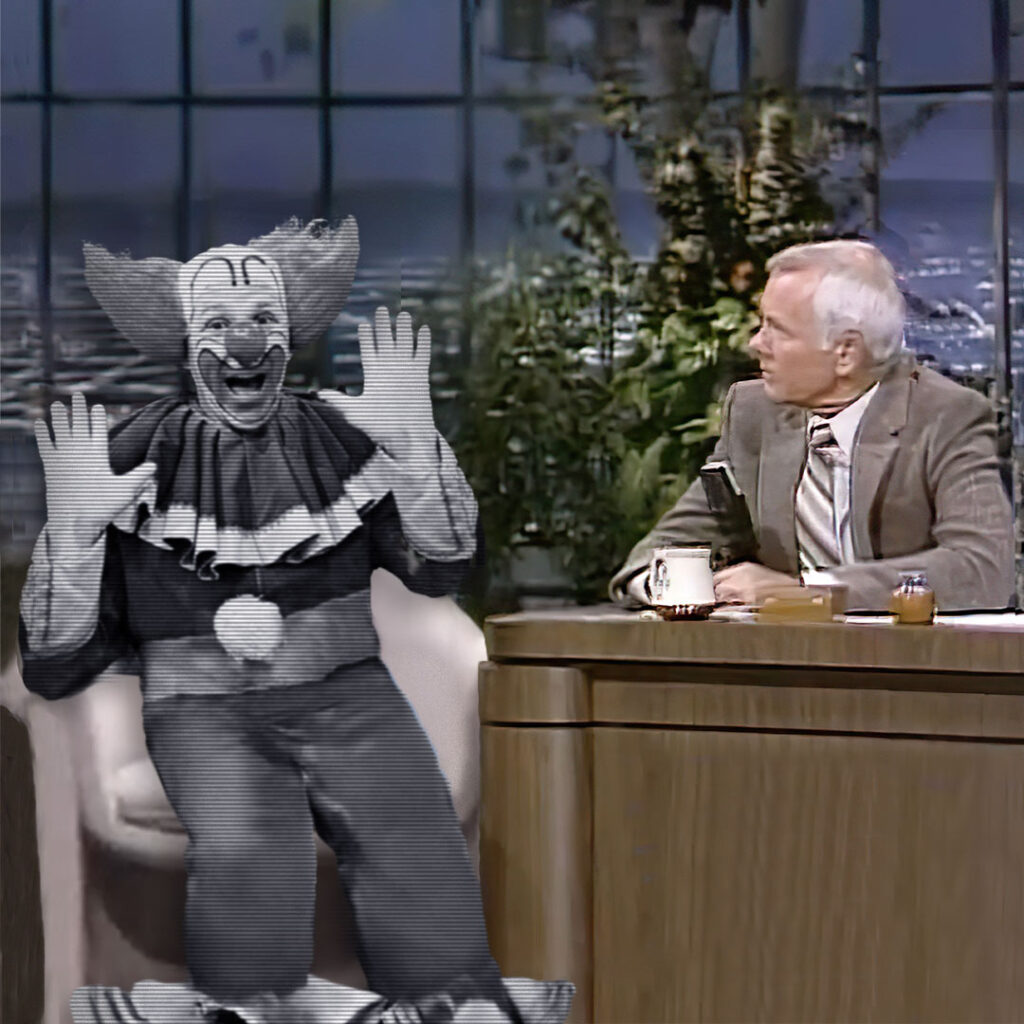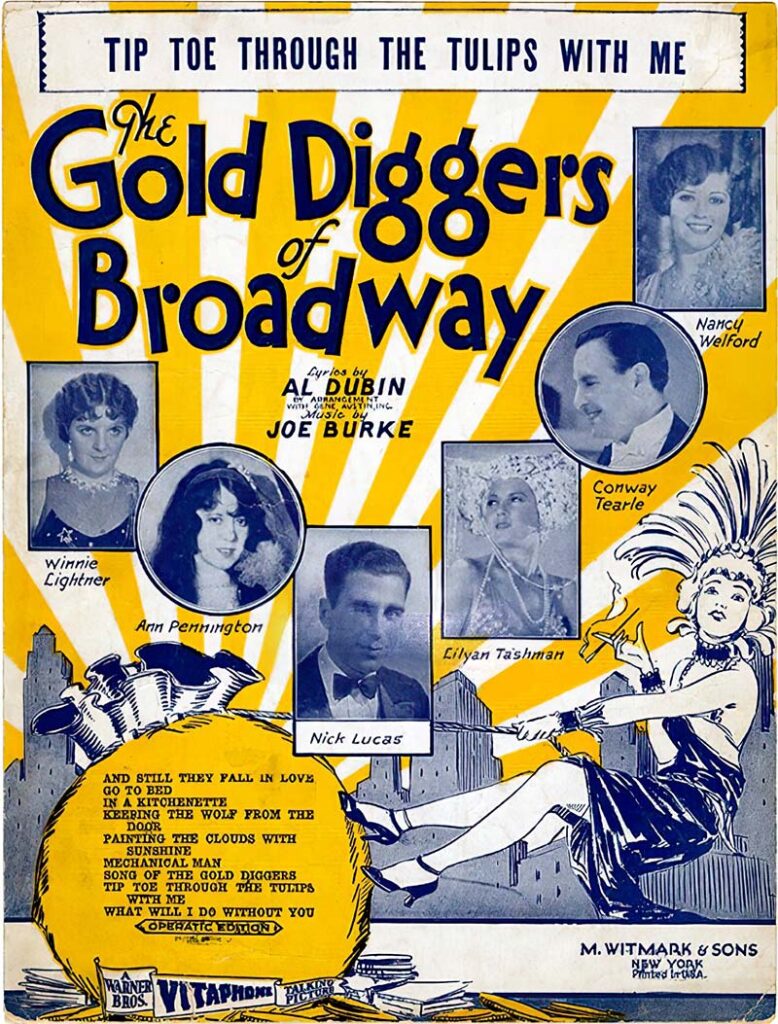(part one of two)
Dance, as a performing art, has always been mysterious to me. Of course the rhythmic motion of bodies in space has intrinsic beauty — no mystery there! — but a significant and persistent part of me wants to understand that motion. Why is the dancer’s body moving this way rather than that way? What logic underlies the ordering of individual movements into one sequence rather than another? Can continuous changes in the position of four limbs and a torso be said to have a meaning, and if so, where does that meaning come from?
It wasn’t until relatively late in life that I figured out that I was asking the wrong questions. Dance, I came to realize, is very similar to music — in fact, it might even be considered a physical analogue to music.
When I studied music theory in college, I was taught the rules of counterpoint, which essentially dictate which notes can follow — or coincide with — other notes. The counterpoint exercises that I had to do were frustratingly difficult, because each new note that I placed on the staff severely restricted what notes I could place there afterward. Working through each exercise felt like trying to solve a particularly sadistic puzzle.
The graduate student who graded my assignments was not impressed with my work. “Didn’t you once mention that you write music?” he asked, with a degree of irritation.
“I have lots of songwriting experience,” I said. “Why?”
“Well, the counterpoint exercises you’re turning in aren’t very musical.”
I could have taken that as an insult, but instead I experienced it as a revelation. I had entirely misunderstood what these exercises were for. I’d been treating them like math problems or logic puzzles, when in fact they were about writing music!
That realization allowed me to recognize that I actually knew the rules of counterpoint. I might not know them intellectually, but I had certainly internalized them through years of listening to and making music. The next time I had to do a counterpoint exercise, I didn’t stop to think about it. I simply sang out a musical phrase, and wrote down what I’d sung. Then I sang the harmony line that I imagined would go with it. I had to do a bit of massaging to make sure all of the requirements were met, but most of my work was already done.
The same wisdom comes into play when I listen to music. I’m not analyzing the melodies and harmonies note by note or looking for a meaning. Having some familiarity with music theory helps me make sense of what I’m hearing, but my primary activity in listening to music isn’t analytical. I’m just experiencing the music, as music, without the need to translate it into anything else.
So now I’m learning to relate to dance in the same way I relate to music — to simply experience dance as dance. I don’t have the same foundation in dance theory that I have in music theory, but I do have a lifetime of experience with having a body — a body that moves! — and observing the motions (both choreographed and unchoreographed) of other bodies. Surely I must have internalized some rules during that time, despite not being in touch with them intellectually. And surely those internalized rules give me some context in which to organize the sensory data I take in while watching a dancer in motion.
Therefore, I don’t have to think about why this movement follows that one, just as I don’t have to think about why one note follows another. Those are matters of concern only to the choreographer or the composer. When my brain insists on finding some articulable way to interpret what I’m seeing, I’m increasingly able to tell it to get out of the way. The meaning of the dance is the dance.
Coda: In writing this post, I’ve started to notice how many other elements of my life fall into a similar category. Consider another of my great pleasures: good whiskey. I’m always amused at the serious attention that whiskey drinkers (and wine drinkers, for that matter) pay to tasting notes: “Lemon and orange peel with hints of chocolate…” “A suggestion of lime and a slight woodiness…” “Baked apples, red berries, and sweet honey…” These notes can serve a practical purpose in helping to convince a friend to try a whiskey you like (or in trying to convince a customer to buy one), but they’re merely descriptions of the whiskey — they say nothing about what the whiskey is, or what the distiller’s intention was in making it. The essence of the whiskey lies entirely in drinking the whiskey, at which point none of the words matter.








Recent Comments